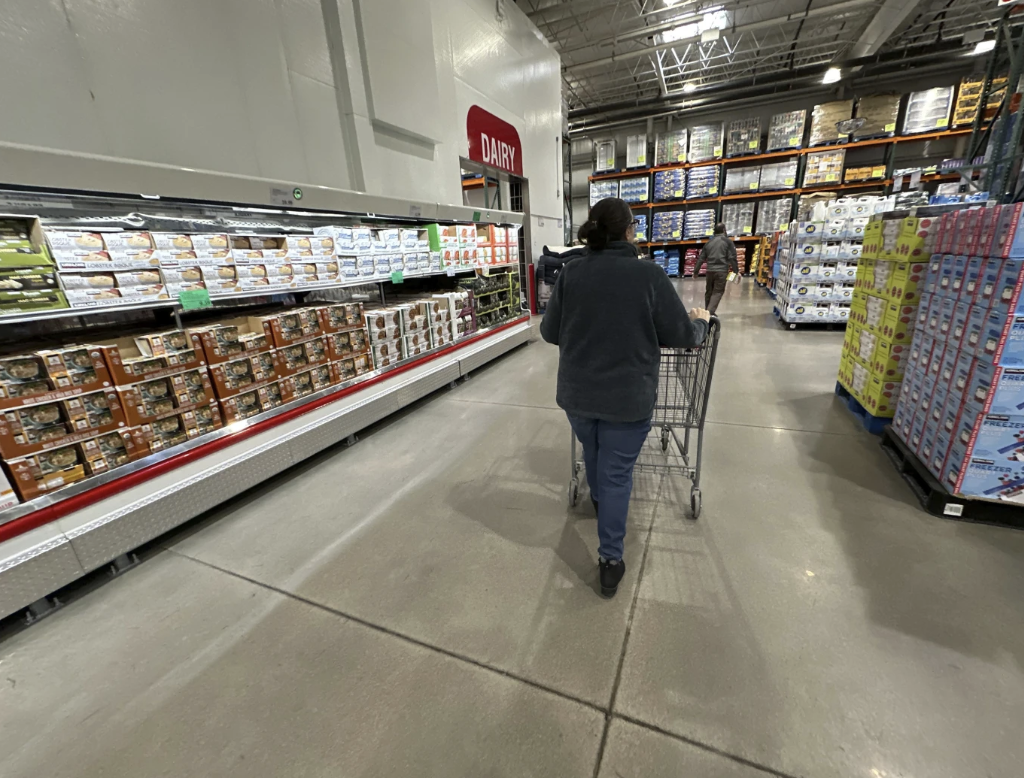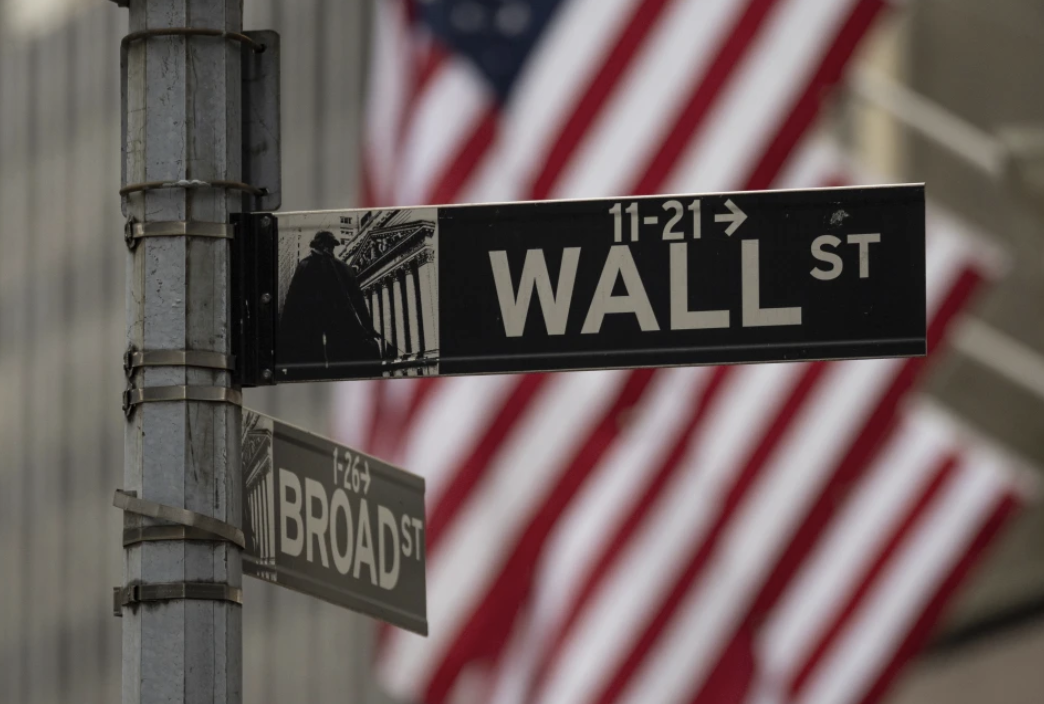Japan’s economy is at a crossroads, and the Bank of Japan (BOJ), led by Governor Kazuo Ueda, is charting a cautious path forward. Speaking at a global central banking conference in Portugal on July 1, 2025, Ueda signaled that the BOJ’s current key interest rate of 0.5% is still below the “neutral” level-a rate that neither accelerates nor cools economic growth. With inflation ticking upward and wages showing signs of life, the BOJ is gearing up for gradual rate increases, but Ueda stressed a deliberate pace to keep Japan’s fragile recovery on track.
The Neutral Rate Puzzle
The neutral rate is like the Goldilocks zone for monetary policy-not too hot, not too cold. Ueda estimated Japan’s nominal neutral rate to be between 1% and 2.5%, meaning the current 0.5% policy rate is still fueling growth. In January 2025, the BOJ lifted its short-term rate from 0.25% to 0.5%, the highest in 17 years, but Ueda noted that pinning down the exact neutral rate is more art than science. “It’s a band, not a dot,” he said, underscoring the BOJ’s reliance on incoming data. Inflation and wage trends will dictate the timing of the next hike, with 62% of economists in a May 2025 survey predicting a move to 0.75% by September.
Japan’s core consumer inflation reached 3.1% in March 2025, topping the BOJ’s 2% target for 34 straight months. But Ueda pointed out that one-off factors, like a 5.2% spike in food prices due to rice shortages and higher import costs, are inflating the headline number. Stripping out volatile food and energy, underlying inflation is closer to 1.9%, still short of the 2% mark. The BOJ projects this core measure will hit 2% by mid-2026, driven by stronger wages and a pickup in consumer spending.
Wages as the Engine
Wage growth is the spark Japan’s economy needs to sustain inflation. Ueda highlighted that annual pay increases, currently ranging from 2.6% to 3.2%, are crucial for keeping inflation near 2%. The 2024 “shunto” wage talks delivered a hefty 3.9% average base pay hike, the biggest in 31 years, and early 2025 negotiations suggest raises could top 3.5%. Yet, real wages, adjusted for inflation, have declined for 18 months straight through September 2024, meaning workers’ paychecks aren’t stretching as far.
The BOJ is counting on a feedback loop where higher wages boost spending, letting businesses raise prices without losing customers. Service prices, for instance, climbed 1.6% in 2024, tied to modest wage gains. If this spreads to smaller firms, which employ 68% of Japan’s workforce, the case for tighter policy strengthens. A June 2025 business survey showed 55% of firms planning to pass on higher labor costs to consumers, up from 40% in 2024, a promising sign for inflation.
Global Risks Lurking
External pressures could throw a wrench in Japan’s plans. Ueda flagged U.S. tariffs under President Donald Trump as a major concern, especially for Japan’s auto sector, which makes up 16% of its $710 billion export market. A projected U.S. tariff hike to 17% from 2% could shave 0.3 points off Japan’s 2025 GDP growth, now forecast at 0.7%. Ueda warned that tariffs might dampen corporate bonuses and 2026 wage talks, slowing the BOJ’s rate-hike momentum.
Still, Ueda sees bright spots. Corporate profits hit a record ¥33 trillion ($215 billion) in 2024, giving firms room to absorb shocks. Japan’s economy grew 1.1% annualized in Q3 2024, though consumer spending lagged at 0.6%. The yen’s 22% drop against the dollar since 2023 has pushed import prices up, driving headline inflation to 4.8% in April 2025. Ueda expects this to ease to 3.2% by December as food prices cool.
Easing the Bond Burden
The BOJ’s grip on Japan’s $4.1 trillion government bond market, owning roughly 49% of outstanding bonds, is another piece of the puzzle. In August 2024, the BOJ began scaling back monthly bond purchases, aiming to cut them to ¥2.8 trillion ($18 billion) by Q2 2026. This shift has nudged 10-year Japanese government bond yields to 1.62% in April 2025, a 17-year peak. Ueda said the BOJ will keep tapering beyond 2026 to normalize markets, but it’s treading carefully to avoid rate spikes that could rattle investors.
Japan’s Road Ahead
Ueda’s measured tone reflects the tightrope Japan’s central bank is walking. The BOJ is banking on wage-driven inflation to justify rate hikes, potentially hitting 0.75% by Q3 2025 and 1% by 2026 if consumer spending rebounds. But global trade tensions and a weak yen could force a slower pace. For now, the BOJ is playing it safe, prioritizing steady progress over bold bets in a world full of economic curveballs.

